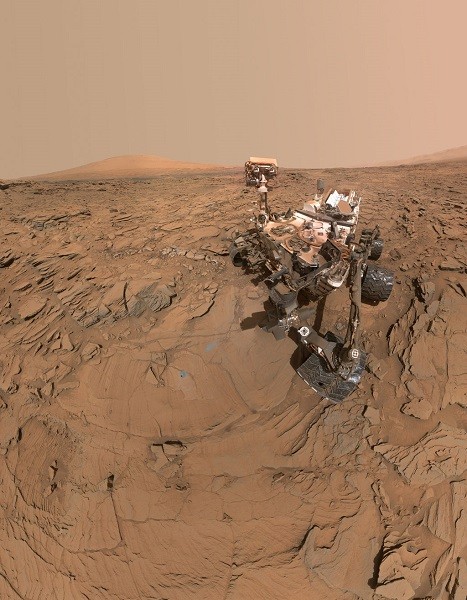After experiencing an unexpected glitch last week, NASA's Curiosity rover on Mars is now back online.
Curiosity shifted to its safe mode last July 2 after experiencing a technical anomaly however, mission scientists have decided to remove the rover from its protective mode on Saturday, July 9, where Curiosity just resumed its full operations on July 11, this Monday.
To date, mission scientists are still investigating what occurred last July 2, and now, finally identifying what transpired with the Martian rover. This is also not the first time that Curiosity suffered through a glitch.
NASA officials reveal that the most likely reason why Curiosity entered into safe mode is due to a software mismatch as image data was stored into one mode upon transferring it on board. This mode has been avoided when it comes to science activity planning for the rover, which involves writing images into some of the camera's memory files into the rover's main computer. Scientists also say that there are other means of handling and transmitting image data.
Prior to this latest memory glitch, Curiosity already entered into safe mode four times after landing on the surface of Mars inside Gale Crater that measures 96 miles across in August 2012. Fortunately, Curiosity also recovered fully from each of these memory setbacks, where there also has been three safe mode incidents in 2013.
Curiosity's main mission is to determine whether or not Gale Crater can host microbial life. Past studies have already shown that Curiosity's observations have uncovered crucial evidence that Gale Crater was once home to a lake and stream system, that also suggests that the area was habitable billions of years ago.
The rover has been exploring the foothills of Mount Sharp since September 2014, and uncovering various rock layers that also possess clues about how the now arid and dry Red Planet was once a warm and lush world. Curiosity's mission will last until October 2018.



























